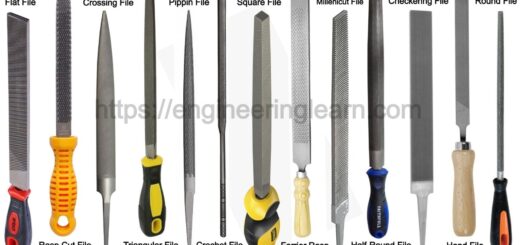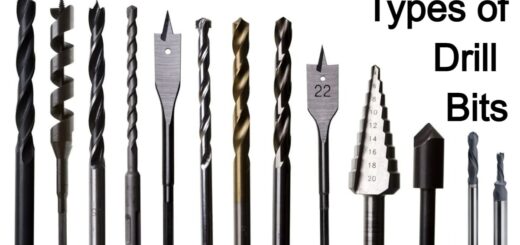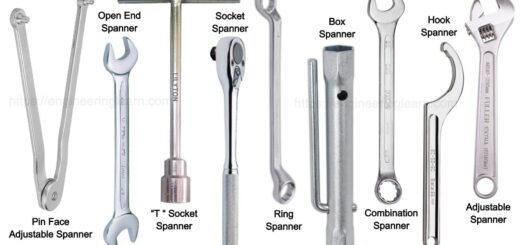Types of Adze Tool and Their Uses [with Pictures]
![Types of Adze Tool and Their Uses [with Pictures]](https://engineeringlearn.com/wp-content/uploads/2021/07/Adze-1-1024x539.jpg)
What is a Adze Tool?
Types of Adze Tool and Their Uses [with Pictures] :- Adze is a very ancient cutting tool, and its origins date back to Stone Age. It is similar to an axe in its shape but has been in use since before it. Its main applications include woodwork like carving and smoothening of wood and it is also used in agriculture and horticulture to cut rows of plants in the farm.
Shape of this cutting tool is such that the sharp working edge/blade is set perpendicular to the handle.
Types of Adze Tools
Adzes are broadly divided into two types:
1. Hand Adze: ( Types of Adze Tool )
This type of adze has a short hoe and a short handle. These adzes are usually specialized with respect to their application and are hand held. As we already know their application in woodworking, they’re used by craftsmen like coopers, wainwrights etc. Shorter handles help the craftsman to have a better control over the tool. The blade in the tool is more curved. This helps in making sharp cuts during woodworking.
2. Foot Aze: ( Types of Adze Tool )
Commonly known by the terms like shipbuilder’s adzes or carpenter’s adzes, these adzes are used in heavier applications, particularly various operations on timber like levelling, shaping, or trimming or removal of heavy waste. While using these adzes, the user stands firm on the surface and swings the tool between his sufficiently spread feet, chipping off the material there and simultaneously shifting his position backwards gradually.
The size of the foot adzes ranges from 00 to 5, weight ranging from 3.25 to 4.75 pounds (1.5–2.2 kg), and the width of the cutting edge ranging from 3 to 4.5 inches (75–115 mm) . The shape of the cutting edge may be vary from flat for smoothing work to extremely rounded for hollowing work such as bowls, gutters and canoes. In a lipped adze used for notching, the shoulders of the adze may be curved. The end on the other side of the cutting edge is called the pole and can be of different shapes, usually flat or a pin pole.
Adzes are also divided into various types on the basis of their applications. They types are:
3. Carpenter Adze: ( Types of Adze Tool )
This is a heavy adze, which usually has very sharp curves, and a very heavy, blunt pole. As mentioned above, it is very heavy and this makes it unsuitable for consistent overhead adzing.
4. Railroad Adze: ( Types of Adze Tool )
This is an improvised version of carpenter’s adze. The modification in this adze is that its bit is extended in order to limit the breaking of handles when shaping railroad ties or railway sleepers. Early examples of such adzes in New England started appearing around 1940s–1950s. In the initial prototypes, an extension was attached to it using welding.
5. Shipwright Adze: ( Types of Adze Tool )
When compared to a carpenter’s adze, this adze is lighter, and more versatile. The way it was designed, enabled it to be used in a variety of positions, ranging from overhead, along with in front on waist and also chest level.
6. Lipped shipwright Adze: ( Types of Adze Tool )
This is a modification of the shipwright’s adze. Its features include an abnormally wider bit, whose edges on the outside are sharply turned upwards, so that while looking directly down the adze, the cutting edge resembles the shape of an extremely wide and often a very flat U. The main applications of this adze include shaping cross grain, as in for making joints of planks.
Another group of adzes can also be differentiated on three bases of the handles:
7. D-Handled Adze: ( Types of Adze Tool )
They have a handle in which the hand can be wrapped around the D, closer to the bit. These adzes closely follow traditional forms in which the bit or tooth is not shaped in a way that that it can be wrapped around a handle, to be seen as a head of the tool. Because there is no need to swing these adzes, they are preferred to be used in confined spaces.









